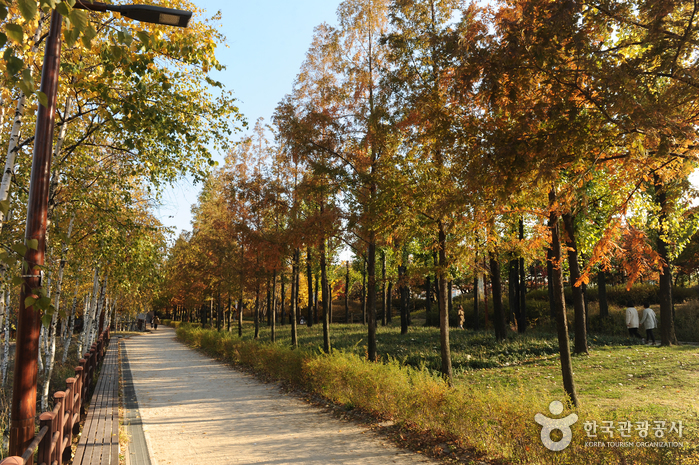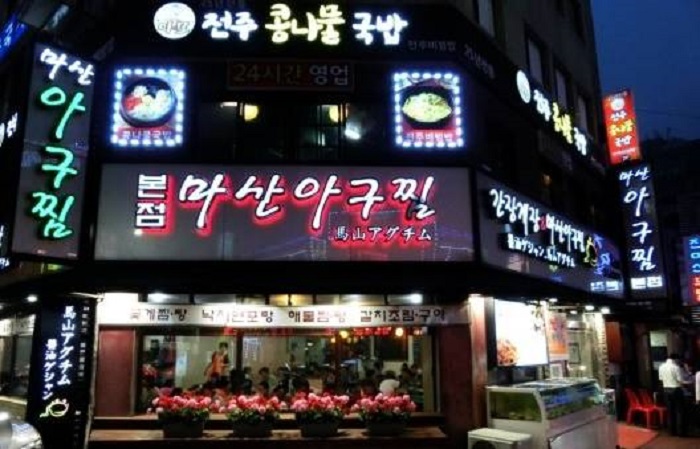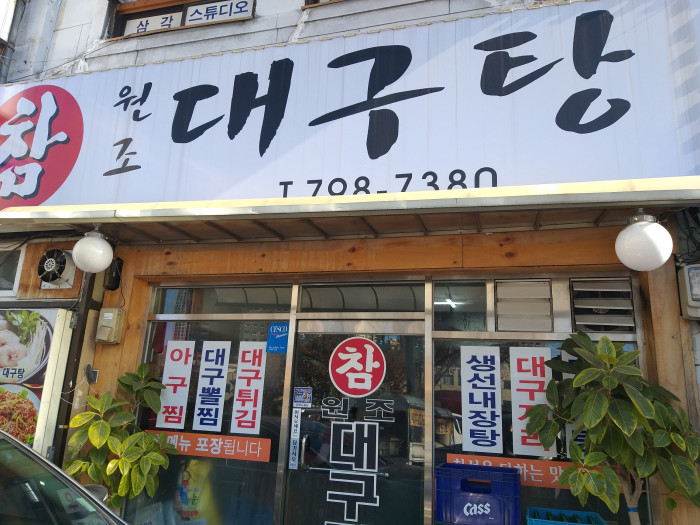Himart - Seosuwon Branch [Tax Refund Shop] (하이마트 서수원점)
15.2Km 2024-04-19
1864, Seobu-ro, Gwonseon-gu, Suwon-si, Gyeonggi-do
-
CheongKwanJang - GS Tower Branch [Tax Refund Shop] (정관장 GS타워)
15.2Km 2024-04-18
1F, 508, Nonhyeon-ro, Gangnam-gu, Seoul
-
Hema Studio (헤마스튜디오)
15.3Km 2023-06-22
20-10 Nonhyeon-dong, Gangnam-gu, Seoul
+82-70-7504-1415
Hema Studio is a place that provides experience services for K-pop lovers and is located in Gangnam, Seoul. Hema Studio offers products that allow foreign tourists to record their favorite K-pop songs and shoot personal music videos. You can go through the entire process from recording to cover music video shooting with a 1:1 director. After cover recording and music video shooting are complete, the completed work can be put on a USB and shared with friends and family. It is also possible to upload to SNS such as YouTube and TikTok. Hema Studio is located in the downtown area of Gangnam, so it is easily accessible via public transportation such as subway and bus.
Imageup Pastic Surgery [Tax Refund Shop] (이미지업 성형외과의원)
15.3Km 2024-06-27
76, Naruteo-ro, Seocho-gu, Seoul
-
Seonyudo Park (선유도공원)
15.3Km 2024-10-25
343 Seonyu-ro, Yeongdeungpo-gu, Seoul
Seonyudo Park is Korea's first water-themed ecological park. The park was renewed from an old water treatment plant. Visitors can observe a water purification system, an aquatic plant garden, and an ecological forest, as well as exhibitions and other interesting facilities. The park also hosts diverse hands-on programs and exhibitions.
Giani's Napoli - Yeoksam Branch(지아니스나폴리 역삼)
15.3Km 2021-04-13
7, Nonhyeon-ro 94-gil, Gangnam-gu, Seoul
+82-2-566-0501
You can enjoy traditional Italian pizza baked in a fire oven. The best menu at this restaurant is pizza. This Western dishes restaurant is located in Gangnam-gu, Seoul.
Hotel Samjung (호텔 삼정)
15.3Km 2021-05-11
150, Bongeunsa-ro, Gangnam-gu, Seoul
+82-2-557-1221
Hotel Samjung is located in the middle of the busy Gangnam area. The hotel aims to serve as a restful retreat for weary business guests. The guestrooms are designed artfully in different themes by floor. The hotel features a large-scaled banquet hall, a wedding hall, and restaurants as well as other facilities including a sauna, fitness center, business center, and a wedding gallery.
Luxell Clinic (럭쎌내과한의원)
15.3Km 2025-07-29
(6th Floor, Sinsoae Building), 537 Nonhyeon-ro, Gangnam-gu, Seoul
Luxell Clinic is a specialized internal medicine clinic led by Dr. Kim Hong-seung, who hold licenses in both Western and Korean medicine. After graduating from Yonsei University and becoming an internist, Dr. Kim enrolled in Kyung Hee University College of Medicine, where he specialized in Korean medicine. Then he founded a pharmaceutical bio company, where he conducted research to fundamentally solve internal diseases by developing unique technologies. His safe, effective, and novel know-how can help patients in the fields of hair loss treatment, and anti-aging. We offer personalized care to every patient including state-of-the-art regenerative medicine technologies, personalized medications to acupuncture.
Masan Agujjim (마산아구찜)
15.3Km 2021-03-29
9, Gangnam-daero 99-gil, Seocho-gu, Seoul
+82-507-1311-4304
This is an Agujjim delivery service restaurant located at Sinsa-dong Agujjim Alley. This Korean dishes restaurant is located in Seocho-gu, Seoul. The most famous menu is spicy braised monkfish.
Chamdaegutang (참대구탕)
15.3Km 2021-09-01
3, Hangang-daero 62-gil, Yongsan-gu, Seoul
+82-2-798-7380
This is a Korean cuisine located in Itaewon, Seoul. Clear fish soup boiled with codfish (fish). The best menu at this restaurant is codfish stew.
![Himart - Seosuwon Branch [Tax Refund Shop] (하이마트 서수원점)](http://tong.visitkorea.or.kr/cms/resource/94/2889994_image2_1.jpg)
![CheongKwanJang - GS Tower Branch [Tax Refund Shop] (정관장 GS타워)](http://tong.visitkorea.or.kr/cms/resource/56/2879856_image2_1.jpg)





 English
English
 한국어
한국어 日本語
日本語 中文(简体)
中文(简体) Deutsch
Deutsch Français
Français Español
Español Русский
Русский